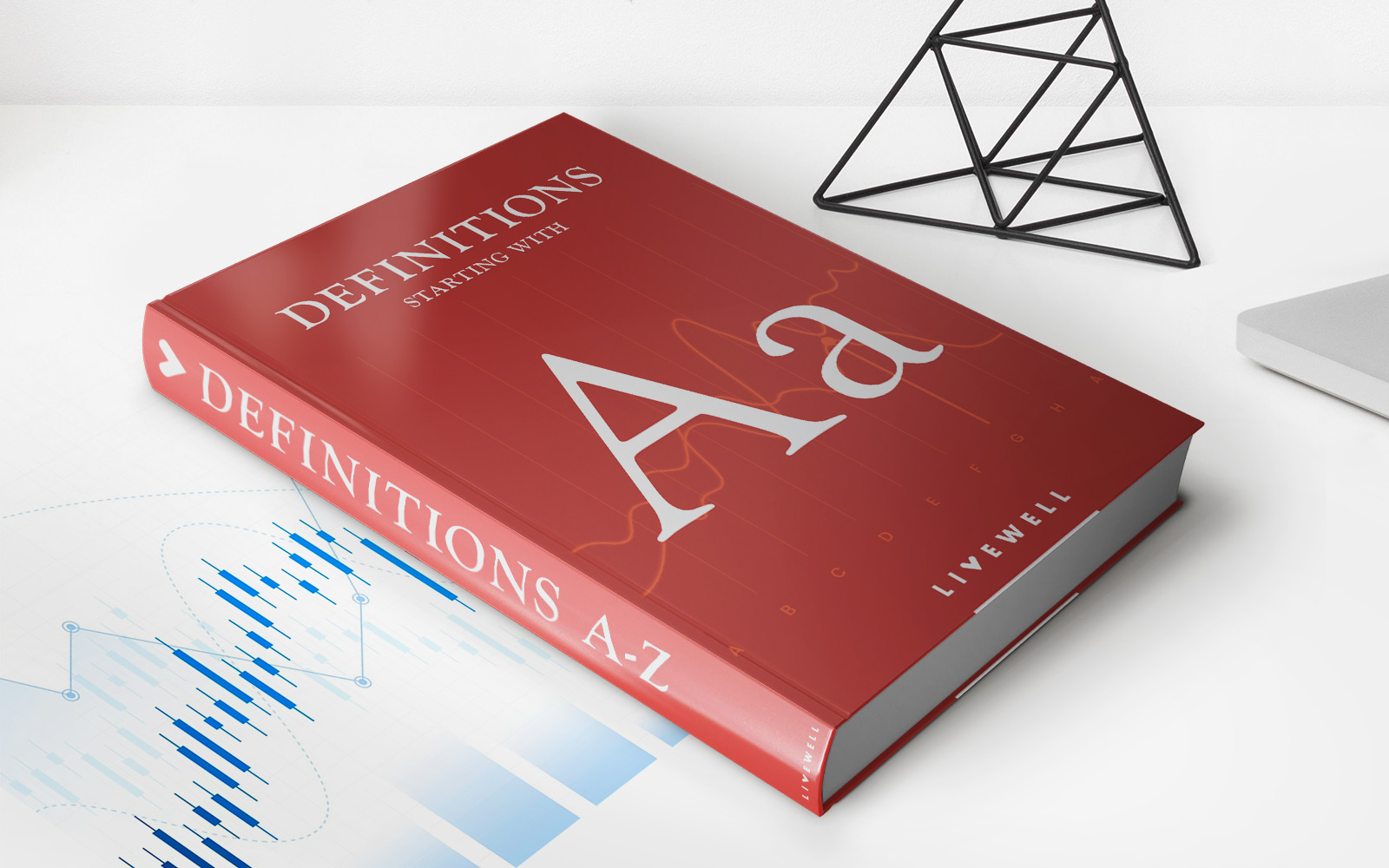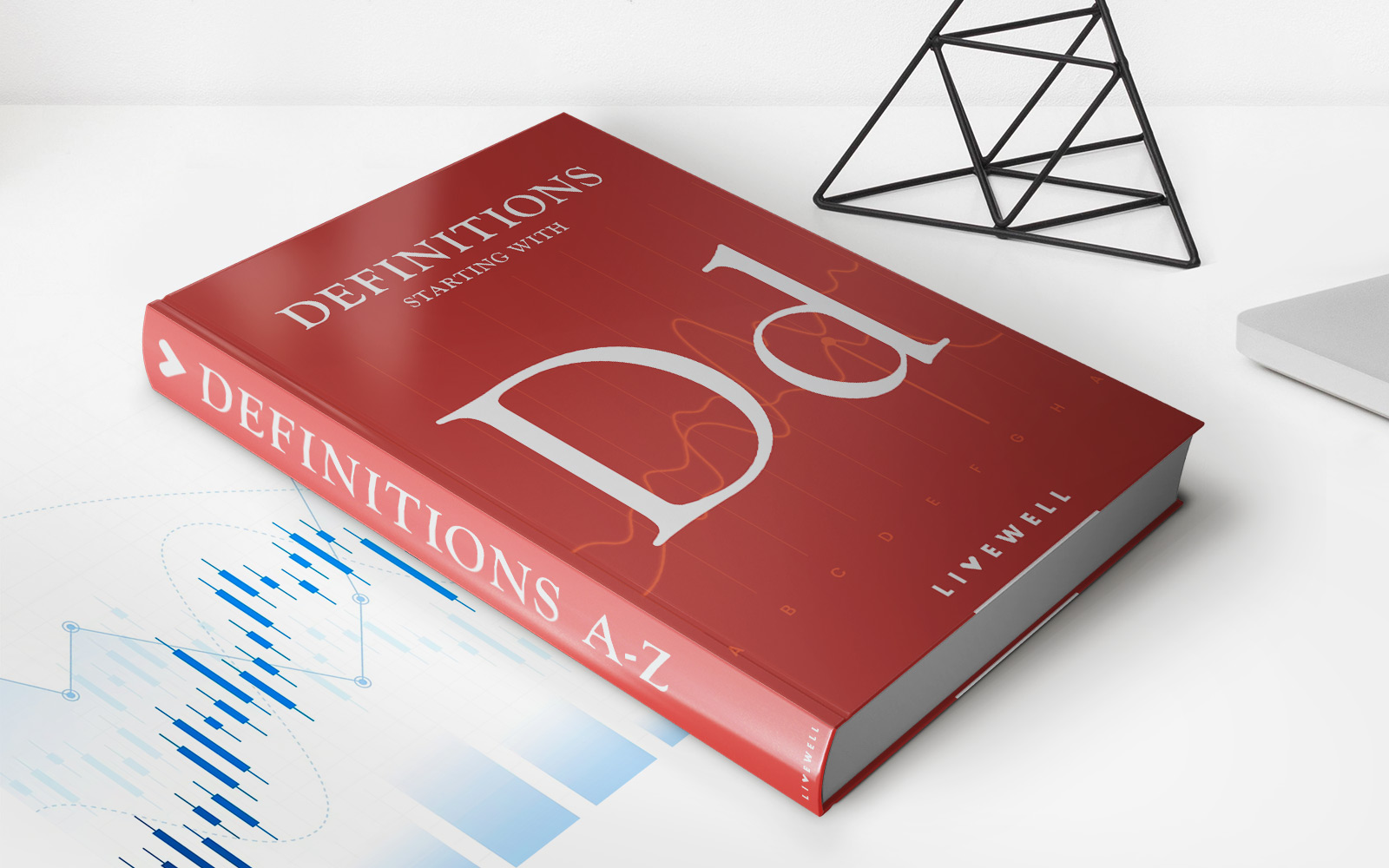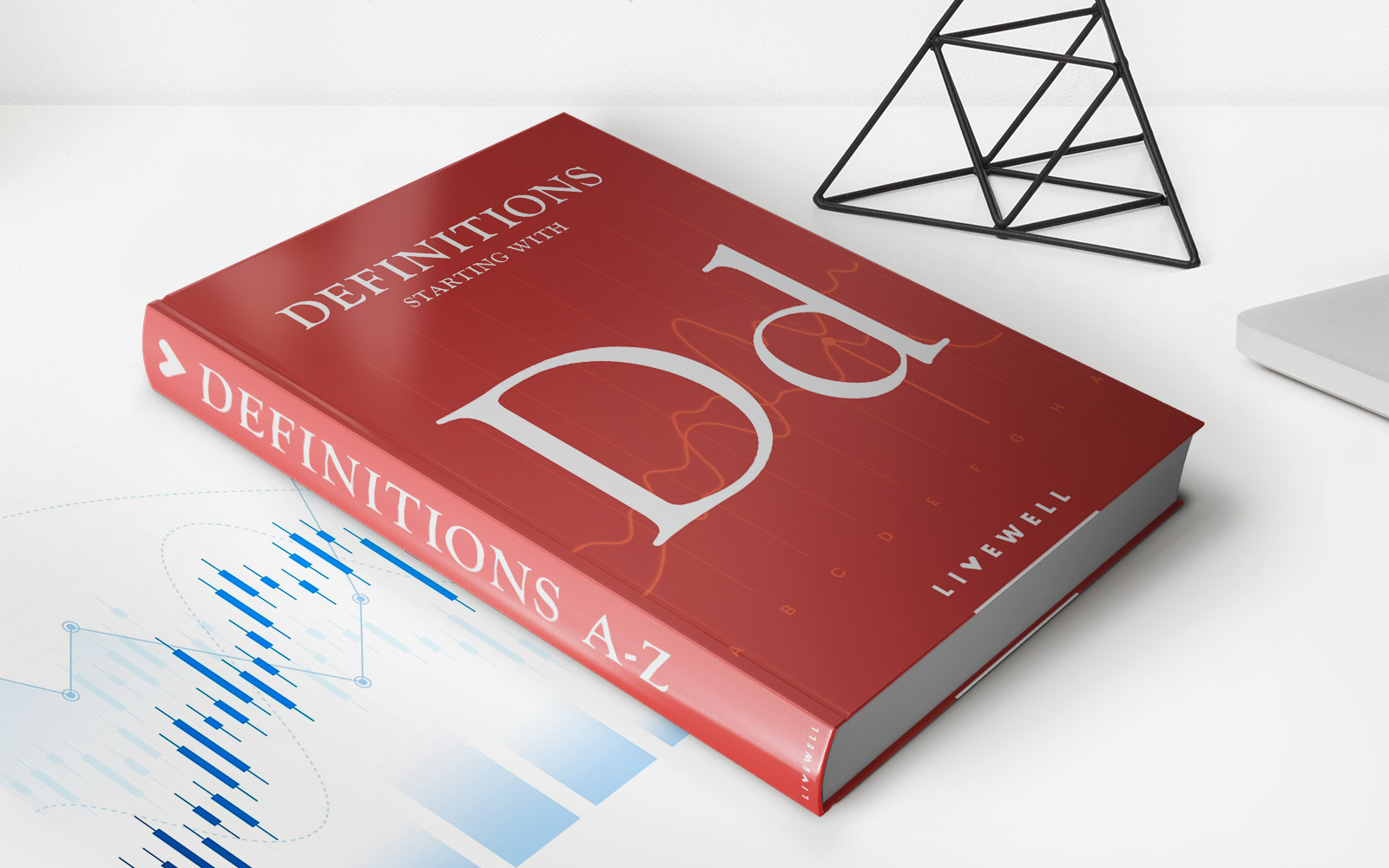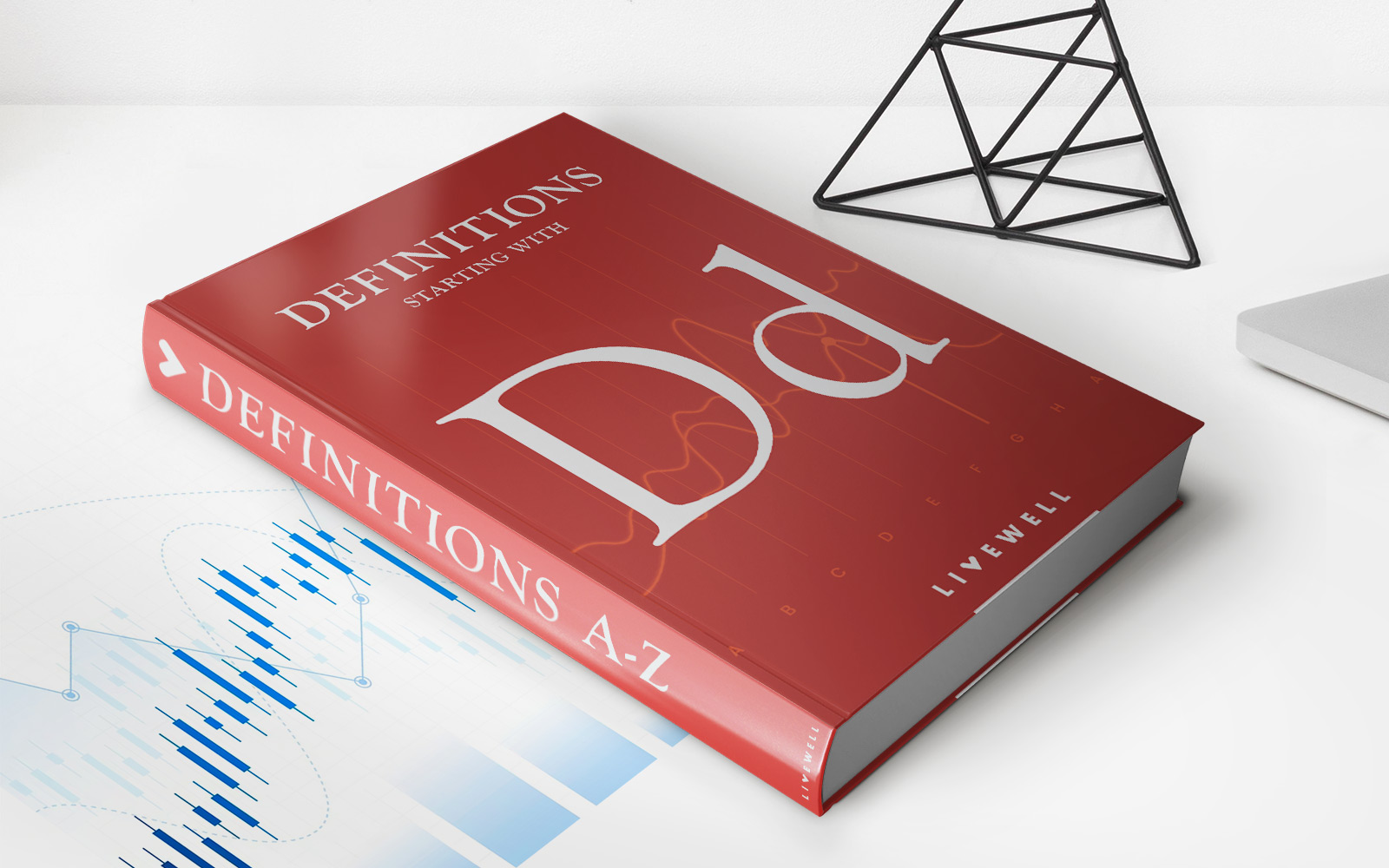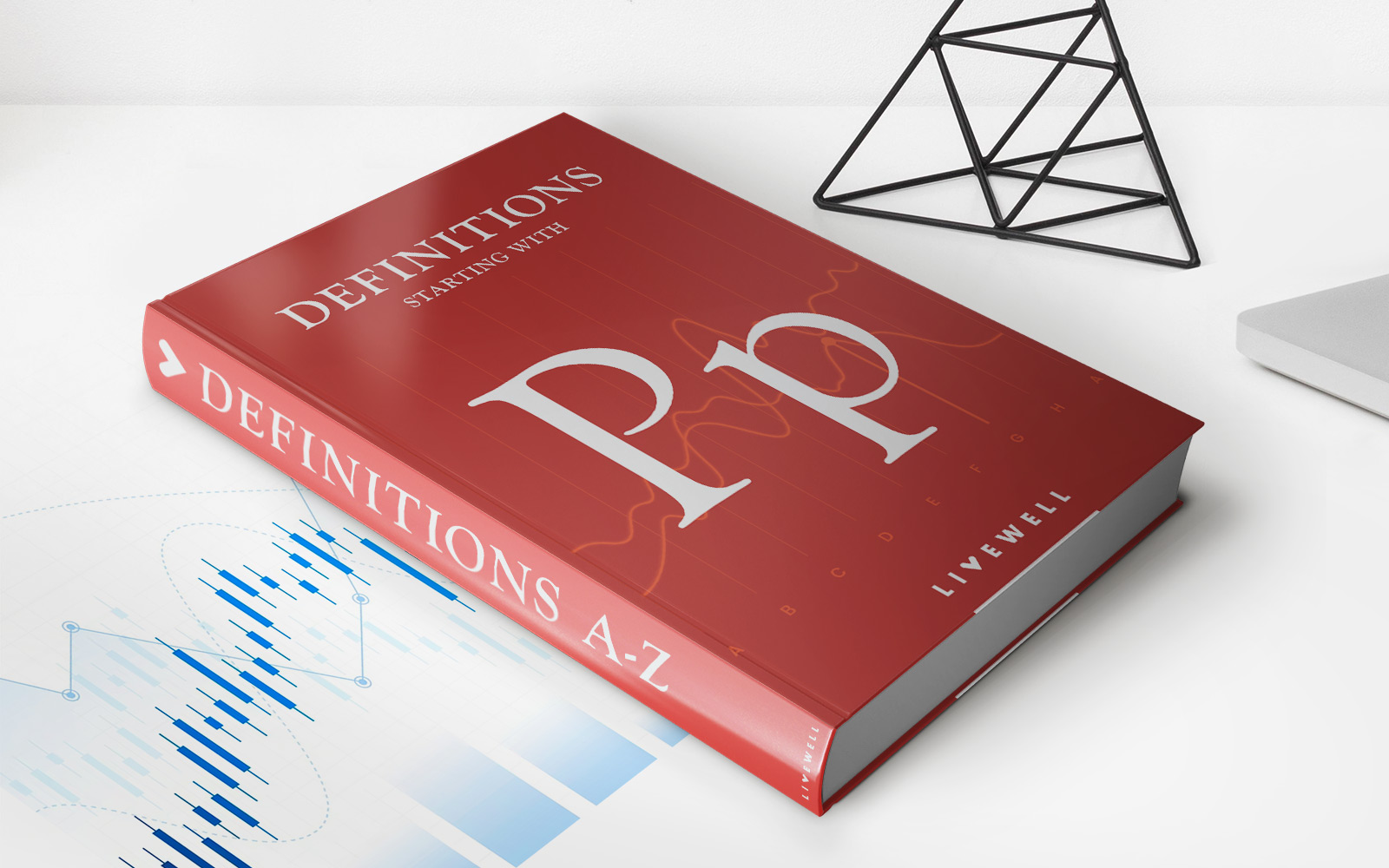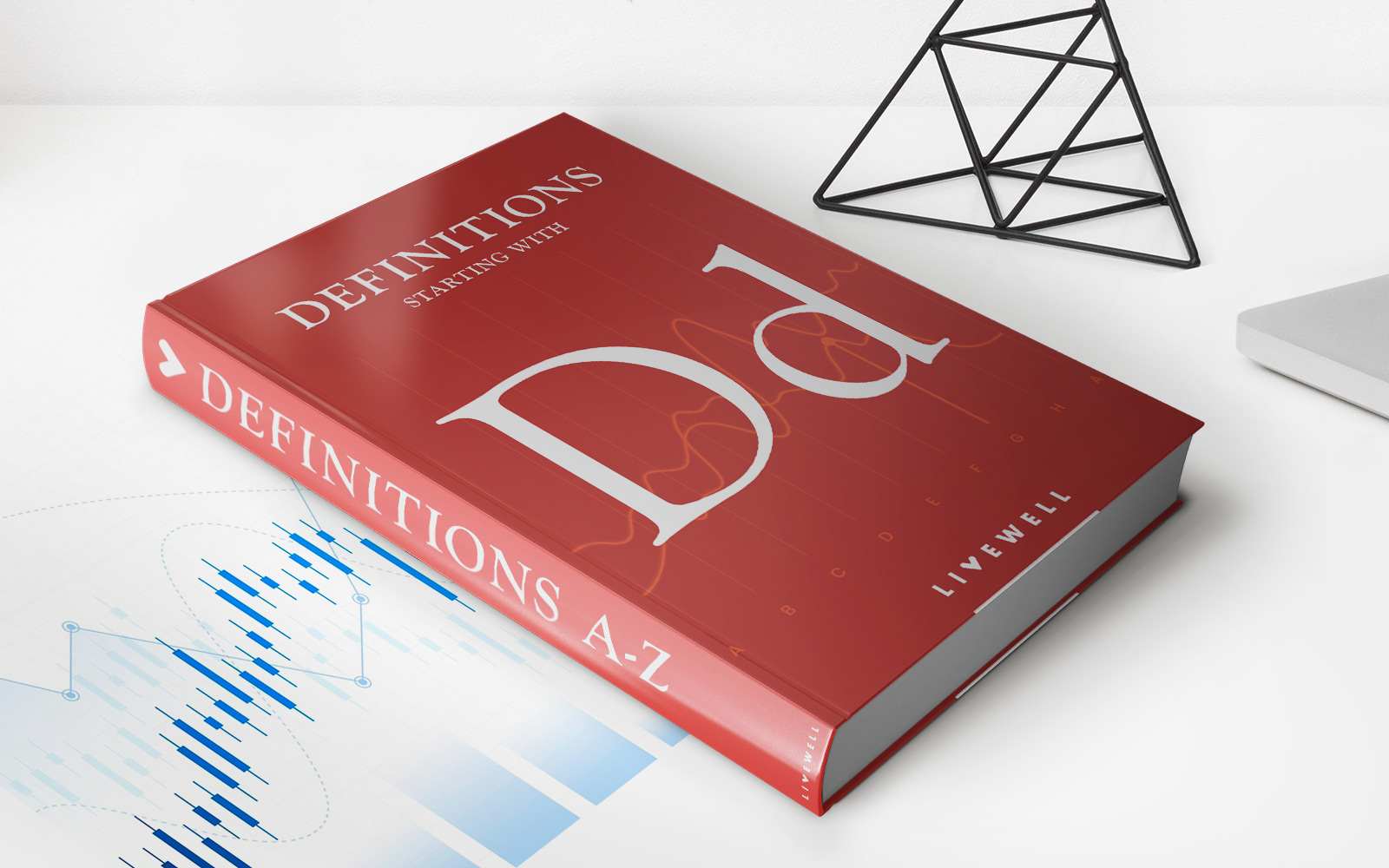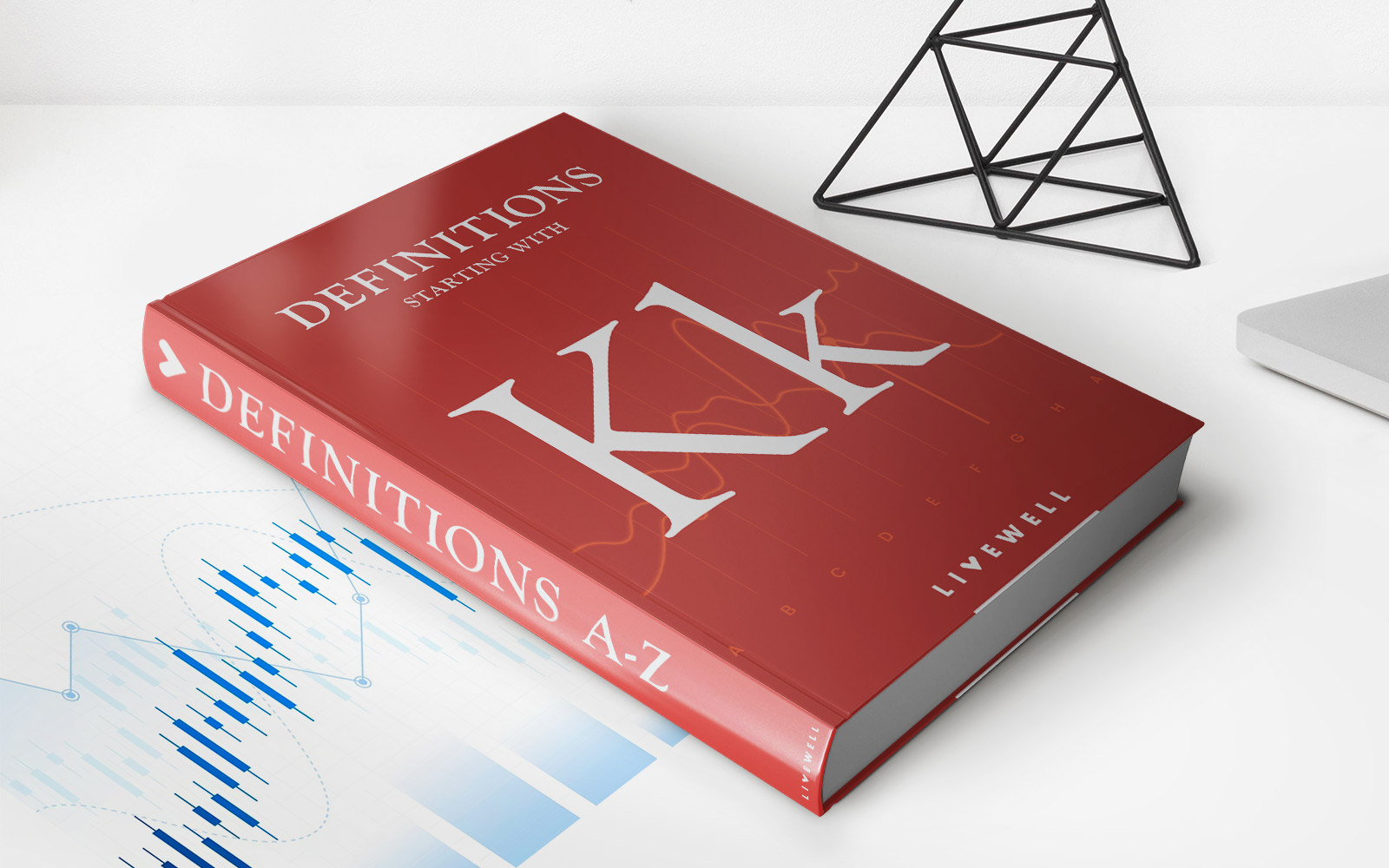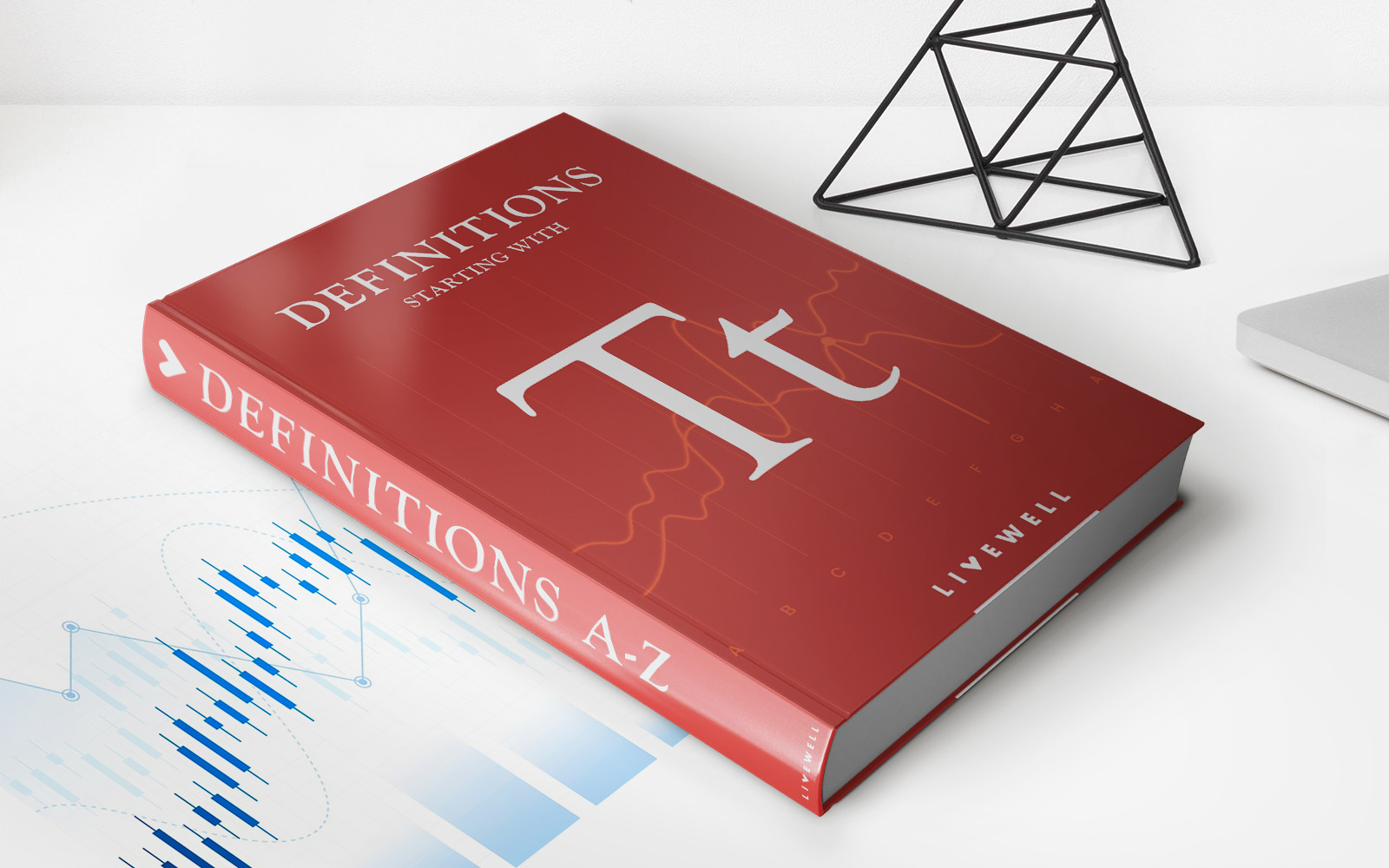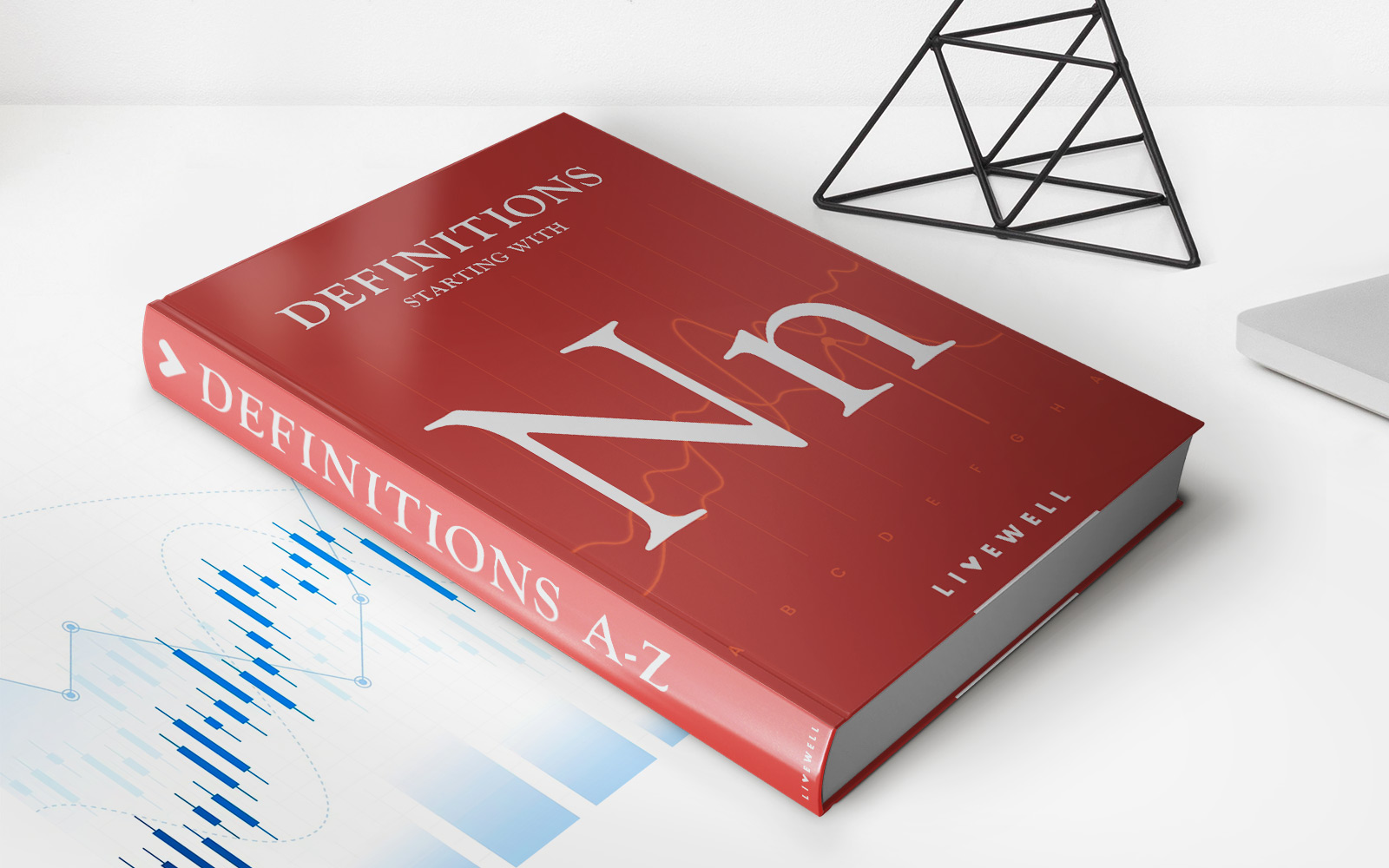Home>Finance>Double Irish With A Dutch Sandwich: Definition And How It’s Used


Finance
Double Irish With A Dutch Sandwich: Definition And How It’s Used
Published: November 14, 2023
Learn about the finance strategy known as Double Irish With a Dutch Sandwich, its definition, and how it is utilized in international tax planning.
(Many of the links in this article redirect to a specific reviewed product. Your purchase of these products through affiliate links helps to generate commission for LiveWell, at no extra cost. Learn more)
Double Irish With a Dutch Sandwich: Definition and How It’s Used
Finance can be a complex and often confusing topic, but it’s essential to understand the various strategies and techniques that are commonly used in the industry. One such strategy is the Double Irish With a Dutch Sandwich, which is frequently utilized by multinational corporations to reduce their corporate tax obligations. In today’s blog post, we’ll explore the definition of this tax strategy and how it is implemented.
Key Takeaways:
- The Double Irish With a Dutch Sandwich is a tax avoidance technique used by multinational corporations.
- It involves utilizing a combination of Irish and Dutch tax laws to minimize tax liabilities.
So, what exactly is the Double Irish With a Dutch Sandwich? It’s a tax arrangement that involves creating two Irish companies, hence the “Double Irish” descriptor, and routing profits through a Dutch intermediary company before finally landing in a tax haven like Bermuda or the Cayman Islands. This intricate network of subsidiaries takes advantage of loopholes in Irish and Dutch tax laws to significantly reduce or even eliminate corporate taxes.
To better understand this strategy, let’s break it down into its components:
- The Double Irish: The first step in this technique involves establishing two Irish companies. The first Irish company is set up as the main operating company, responsible for generating profits. The second Irish company holds the intellectual property rights and trademarks, and licenses them to the first company. By doing this, the second company can charge hefty royalties, which serve to reduce the profits of the operating company, consequently lowering its taxable income.
- The Dutch Sandwich: The second aspect of the strategy involves introducing a Dutch intermediary company into the mix. The operating company pays its remaining profits, after the royalties have been deducted, to the Dutch company as a “management fee” or “royalty.” The Dutch company then transfers these funds to a tax haven jurisdiction via intercompany loans or other mechanisms.
Overall, the Double Irish With a Dutch Sandwich strategy allows multinational corporations to shift profits away from high-tax jurisdictions and into tax havens, effectively reducing their tax liabilities. While this strategy has garnered criticism over the years for its ethical implications, it is important to note that it is currently legal, given the specific tax laws in place.
It’s worth mentioning that in recent years, various countries have enacted legislation and reforms to counter tax avoidance strategies like the Double Irish With a Dutch Sandwich. However, as with any complex financial strategy, there are always new techniques and loopholes emerging, making it crucial for tax authorities to remain vigilant.
In conclusion, the Double Irish With a Dutch Sandwich is a tax avoidance strategy employed by multinational corporations. While it may be legal, it remains a controversial tactic. As the landscape of international tax laws continues to evolve, it is crucial for companies and tax authorities to stay informed and adapt to these changes.

